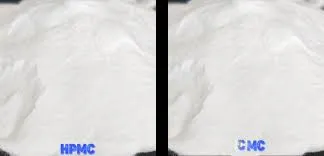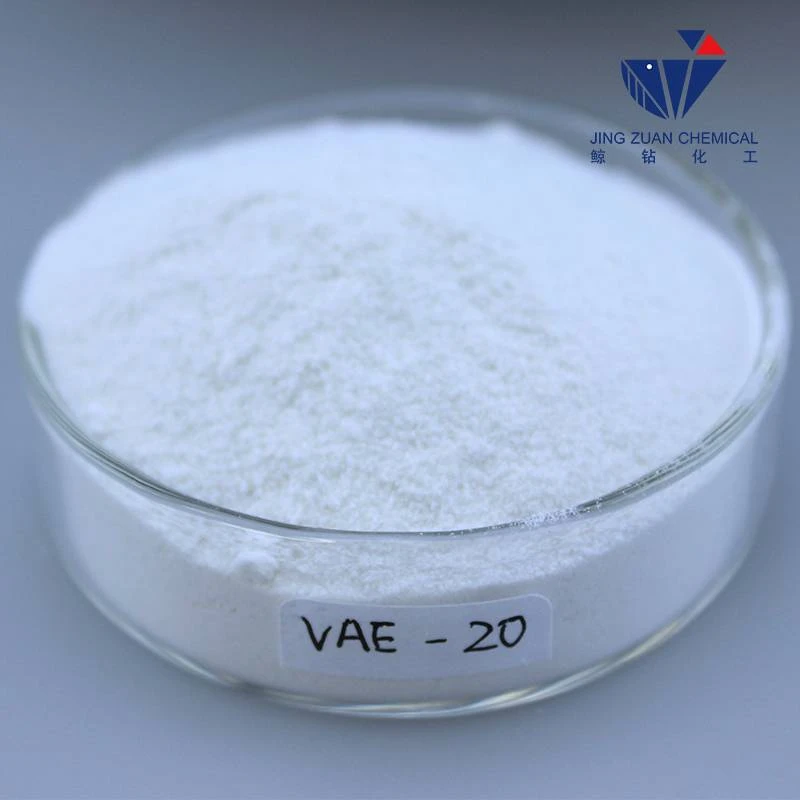
Feb . 01, 2025 04:15 Back to list
hydroxyethyl cellulose


A typical SDS for HEC includes several sections that contain pivotal information. This includes the identification of the substance or mixture, a detailed composition of HEC, and identification of any potential health hazards. For instance, while Hydroxyethyl Cellulose is generally considered to be of low toxicity, excessive inhalation of its dust form could irritate the respiratory tract, emphasizing the need for appropriate dust control measures such as local exhaust ventilation. The SDS also includes instructions on the safe storage and handling of HEC to prevent accidental spills or exposure, which is particularly relevant in manufacturing settings. Appropriate personal protective equipment (PPE) recommendations are detailed to safeguard workers from potential exposure risks. Whether it's the simple use of gloves and goggles or more extensive respiratory protection, adhering to the SDS ensures a safe working environment. Furthermore, the document provides information on ecological implications. While HEC is biodegradable and environmentally benign under normal conditions, the SDS outlines how it should be disposed of to prevent undue environmental contamination—knowledge that underscores the principles of sustainable usage and responsible stewardship of chemical substances. The authoritative nature of an SDS for Hydroxyethyl Cellulose justifies its role as an indispensable resource in chemical management. It empowers users with the knowledge needed to both optimize the use of HEC in their respective fields and uphold high safety and environmental standards. In this era, where safety, sustainability, and effectiveness are paramount, the fusion of innovative industrial applications and a robust safety protocol for HEC ensures that it continues to be a valuable asset across multiple sectors. By adhering to its SDS, industries can confidently integrate HEC into their processes, contributing to advancements that are as safe as they are effective.
-
Unlocking the Benefits of HPMC Products: A Gateway to Versatile Applications
NewsAug.07,2025
-
Unleashing the Potential of HPMC Ashland: A Comprehensive Look
NewsAug.07,2025
-
Tile Bonding Cellulose: The Key to Superior Adhesion and Durability
NewsAug.07,2025
-
Hydroxypropyl Methylcellulose Powder: The Versatile Component in Modern Pharmaceuticals
NewsAug.07,2025
-
Hydroxyethyl Cellulose: The Versatile Solution for Various Industries
NewsAug.07,2025
-
Hydroxyethyl Cellulose (HEC): The Versatile Polymer for Various Applications
NewsAug.07,2025







